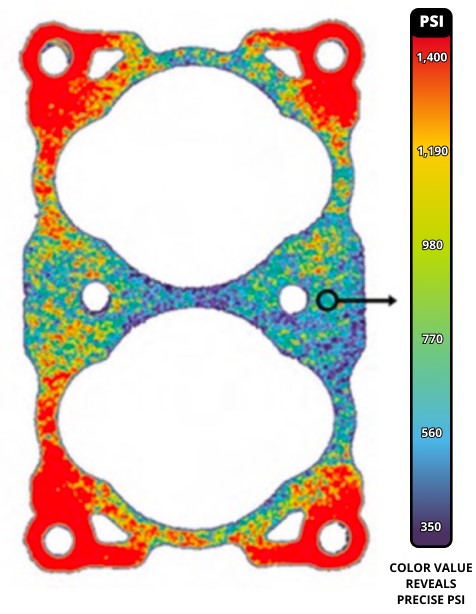Automotive design has come a long way from basic mechanical engineering to embrace advanced engineering concepts that improve driving comfort. One of the most critical factors in this evolution is reducing Noise, Vibration, and Harshness (NVH). In this blog, we explore how pressure analysis plays a crucial role in optimizing NVH performance in vehicles. We’ll answer common questions like what does NVH mean and discuss methods for NVH reduction in automotive engineering.
Understanding NVH in the Automotive Industry
When engineers refer to noise vibration and harshness automotive, they are discussing the measurable levels of sound, vibration, and overall roughness felt in a vehicle. These elements are not just annoyances; they are indicators of underlying mechanical efficiency. Excessive NVH can lead to driver fatigue, reduced comfort, and an overall perception of poor quality. Therefore, automotive NVH analysis is essential for designing vehicles that offer a balanced and refined driving experience.
What Does NVH Mean?
The term NVH stands for Noise, Vibration, and Harshness. It encapsulates the acoustic and vibrational disturbances in a vehicle’s cabin. Addressing these issues requires a multifaceted approach that includes structural analysis, material selection, and advanced testing methods. NVH analysis involves studying the dynamic forces acting on vehicle components to identify sources of unwanted noise and vibrations. Through this thorough understanding, engineers can formulate effective strategies for NVH reduction.
The Role of Pressure Analysis in NVH Reduction
Pressure analysis, a technique traditionally used in various engineering applications, has found a significant role in automotive NVH testing. This method involves measuring the pressure distribution across different vehicle components under operating conditions. By evaluating how forces distribute over surfaces, engineers gain insight into potential problem areas that contribute to noise vibration and harshness.
One modern tool in this domain is Pressure indicating film. When applied to different automotive components, this film captures real-time pressure distributions, revealing hotspots where energy transfer might lead to unwanted vibrations or noise. By analyzing these pressure maps, engineers can pinpoint specific areas for improvement, whether through design modifications or the application of damping materials. Learn more about this innovative tool by exploring our Pressure indicating film technology.
Benefits of NVH Analysis Through Pressure Measurement
- Accurate Diagnosis: Traditional acoustic measurements provide overall NVH levels but sometimes lack the spatial resolution needed to locate problems. Pressure analysis offers a detailed view of the force interactions on structural components, helping to diagnose exact points where noise vibration and harshness originate.
- Design Optimization: With the insights gained from pressure mapping, engineers can adjust the design of critical components. This process is particularly useful for reworking elements that contribute heavily to NVH, leading to targeted automotive NVH analysis for improved vehicle comfort and performance.
- Enhanced Material Selection: Pressure analysis also assists in identifying the appropriate materials and dampening solutions needed to reduce transmitted energy in problematic areas. This proactive approach to NVH reduction not only improves performance but can also lead to cost savings by reducing the need for extensive reengineering later.
- Integration With Other Testing Methods: Combining pressure analysis with other diagnostic techniques, such as modal testing and acoustic analysis, provides a comprehensive understanding of a vehicle’s NVH profile. This multi-faceted approach ensures that all sources of unwanted vibrations and sounds are effectively addressed.
Implementing Pressure Analysis in the Automotive Sector
For manufacturers aiming to enhance their vehicle’s performance and comfort, integrating pressure analysis into the NVH testing phase is a logical step. The application of tools like Pressure indicating film has streamlined the process, allowing engineers to collect critical data quickly and efficiently. This data, when combined with computer-aided engineering simulations, leads to faster iterations and more informed decision-making. In competitive markets where product refinement is continuous, this technological edge can be the key factor in delivering vehicles that excel in both performance and quality.
Conclusion
Reducing noise vibration and harshness in vehicles is essential not only for comfort but also for maintaining a high level of engineering excellence. Through targeted NVH analysis, particularly by using pressure analysis techniques, automotive designers can make significant improvements in reducing unwanted noise, vibrations, and harshness. Whether you’re looking to understand what does NVH mean or exploring effective methods for NVH reduction, the use of advanced tools like Pressure indicating film plays an indispensable role in modern vehicle design.
Implementing these methods leads to better-designed automotive products that meet the high standards of today’s market, ensuring that every journey is smoother and more enjoyable for drivers and passengers alike.


